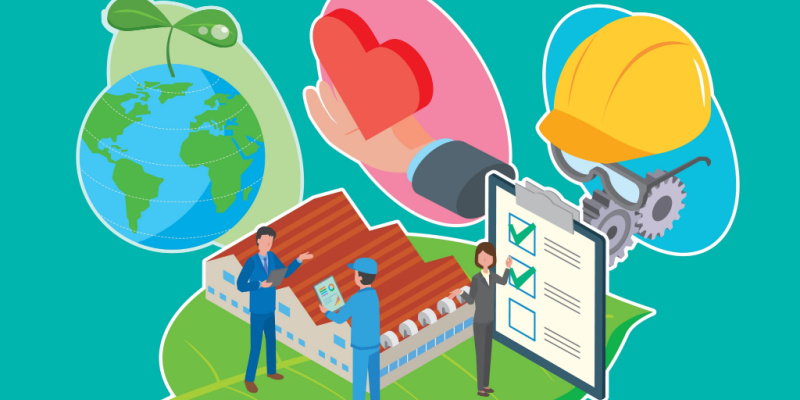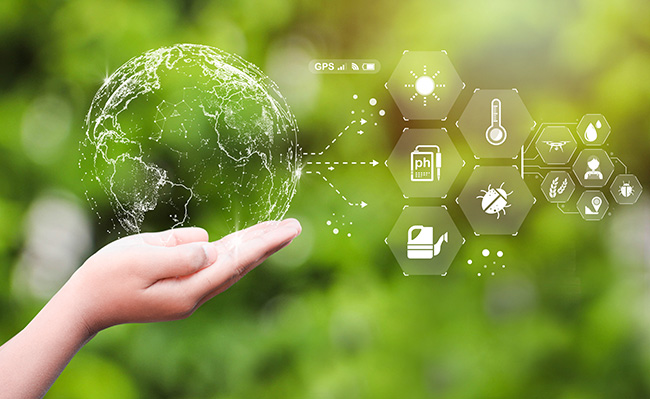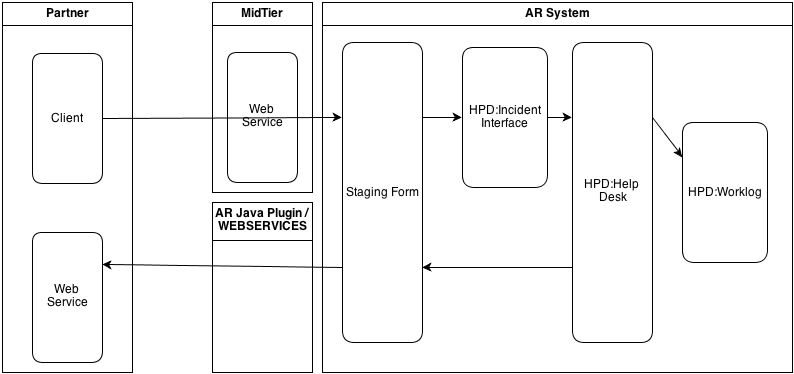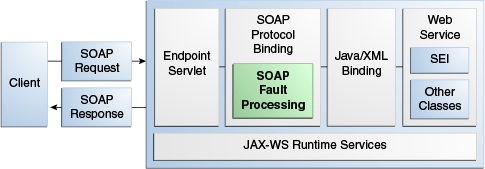Today’s digital world calls for tech innovations that not only cater to user needs but also honor our shared environmental responsibilities. As programmers, the responsibility rests upon our shoulders. But how do we merge our coding skills with eco-friendly practices? This guide aims to steer you through the process.
1. Understand the Environmental Footprint of Your Code
Knowing your code’s environmental footprint is the first step. It helps in optimizing processes and streamlining operations. Our blog on streamlining operations gives you an in-depth understanding of this.
But it’s not only about energy consumption. You also need to consider electronic waste. The World Health Organization has a comprehensive report on the impact of electronic waste.
2. Energy-Efficient Programming
The need for energy-efficient programming is rising. Minimizing the energy use of your code can be as simple as avoiding unnecessary calculations or reducing memory usage. Forbes highlights how this can become an essential skill for developers.
A hands-on guide for energy-efficient programming is provided in our article on advanced techniques for SOAP APIs.
3. Implementing Eco-friendly Server Practices
Servers consume significant energy. There are ways to minimize this, like virtualization and energy-efficient cooling systems. Our post on SOAP enterprise application integration explores this in detail.
Moreover, a move to cloud-based services can reduce environmental impacts. According to a BBC report, cloud servers can be more energy-efficient than traditional servers.
4. Code Recycling and Optimization
Just like recycling waste, you can recycle code. Reusing existing code reduces both development time and energy. Our step-by-step guide on switching to SOAP offers valuable insights into code recycling.
Remember, well-optimized code can also reduce hardware strain, contributing to a more sustainable tech environment. Read our article on advanced code optimization tips to get started.
5. Green IT and Responsible Procurement
Green IT isn’t just about reducing energy consumption. It also involves responsible procurement – choosing hardware with long lifecycles and responsible e-waste policies. In this context, programmers should also be aware of additional costs such as the UK’s packaging tax that may influence procurement decisions.
Read more about Green IT on our SOAP Tech News page.
Before buying new hardware, explore options to upgrade existing systems. As per the UN Environment Programme, this could significantly reduce e-waste.
Conclusion
Incorporating environmental compliance in tech development may seem challenging. Yet, the benefits it brings to our planet are immeasurable. As programmers, let’s embrace this challenge. After all, technology’s future depends on our ability to innovate sustainably.
Remember, every step counts in our journey towards sustainability. For more insights on environmentally-friendly practices in SOAP development, visit our Best Practices page.





